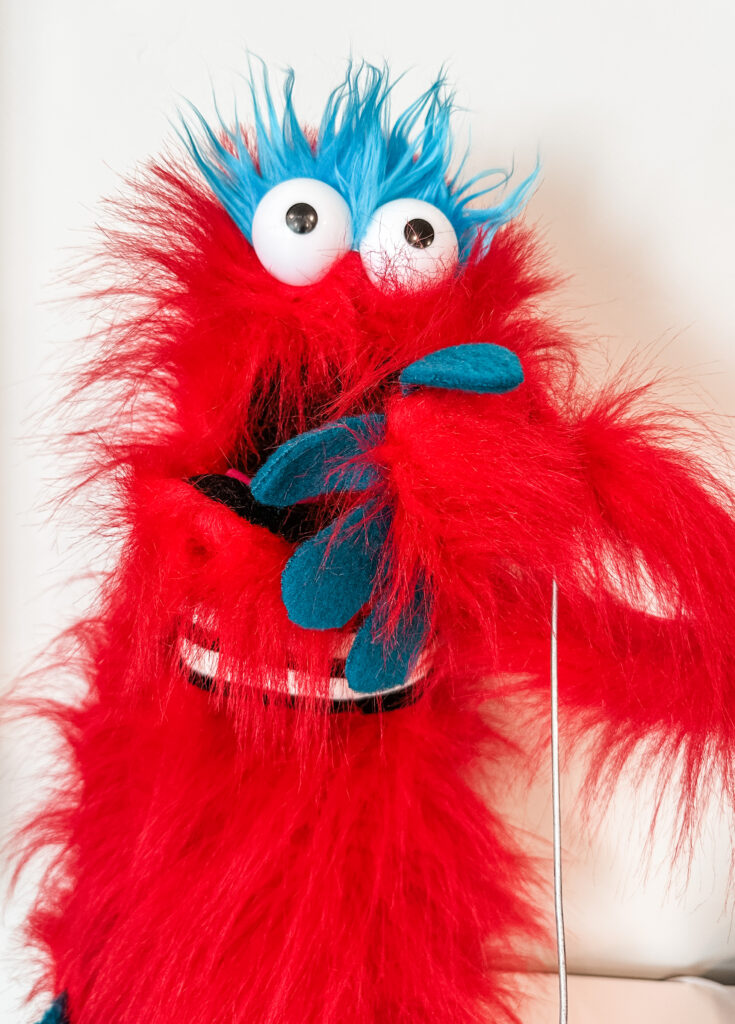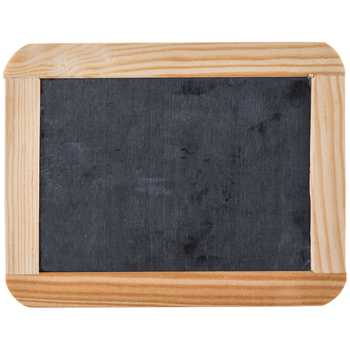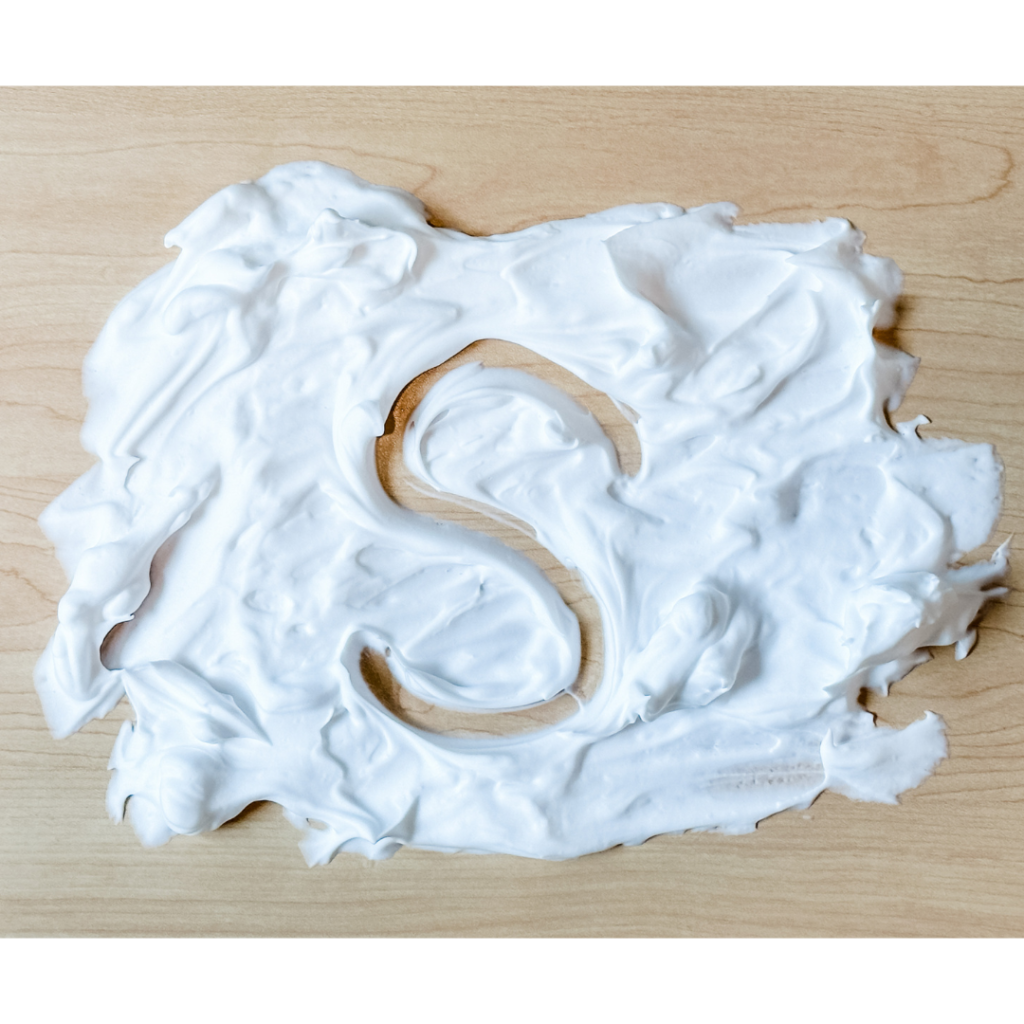While play-based and child-led are ideals to strive for in early childhood education, they aren’t always the reality in the classrooms we work in. If this is the case for you, don’t lose hope–there are still ways to teach playfully even when you’re working off of a more rigid lesson plan.
#1 Puppets
Puppets have a wide range of uses in preschool classrooms. If you don’ have one, get one! For teaching content playfully, puppets can take the role of the teacher. Any time our class puppet comes out, all eyes and ears are on him and it’s a perfect time to provide instruction of content that might otherwise be difficult to present in a playful manner. Let the kids play a part in naming the puppet and set boundaries for who touches the puppet and when.

#2 Novel Materials

We have a chalkboard in the classroom that the kids can write on anytime–but when our individual slates come out, it’s something they get very excited about. Saving certain materials for “special” occasions maintains their novelty and makes them more effective for teaching content more directly. Any time we learn a new letter and I want to teach them the correct way to form that letter, my students get to practice writing it on their own slate and it’s something they look forward to because each step of our learning builds up to this last activity.
#3 Sensory Engagement
Engaging the senses is a great way to reinforce content you are trying to teach. We often plan sensory play around visual and tactile senses, but consider adding in smell, sound, and even taste. The more senses a child uses while learning a concept, the more likely the learning is to stick. Sensory play is often a place that children are happy to spend a good chunk of time at, so use it to your advantage!

Coming up with playful ways to engage students when you are presenting concepts that require more teacher guidance can seem intimidating, but with a little creativity, you’ll build a toolbox full of resources that will be quick and easy to pull out any time you need them!